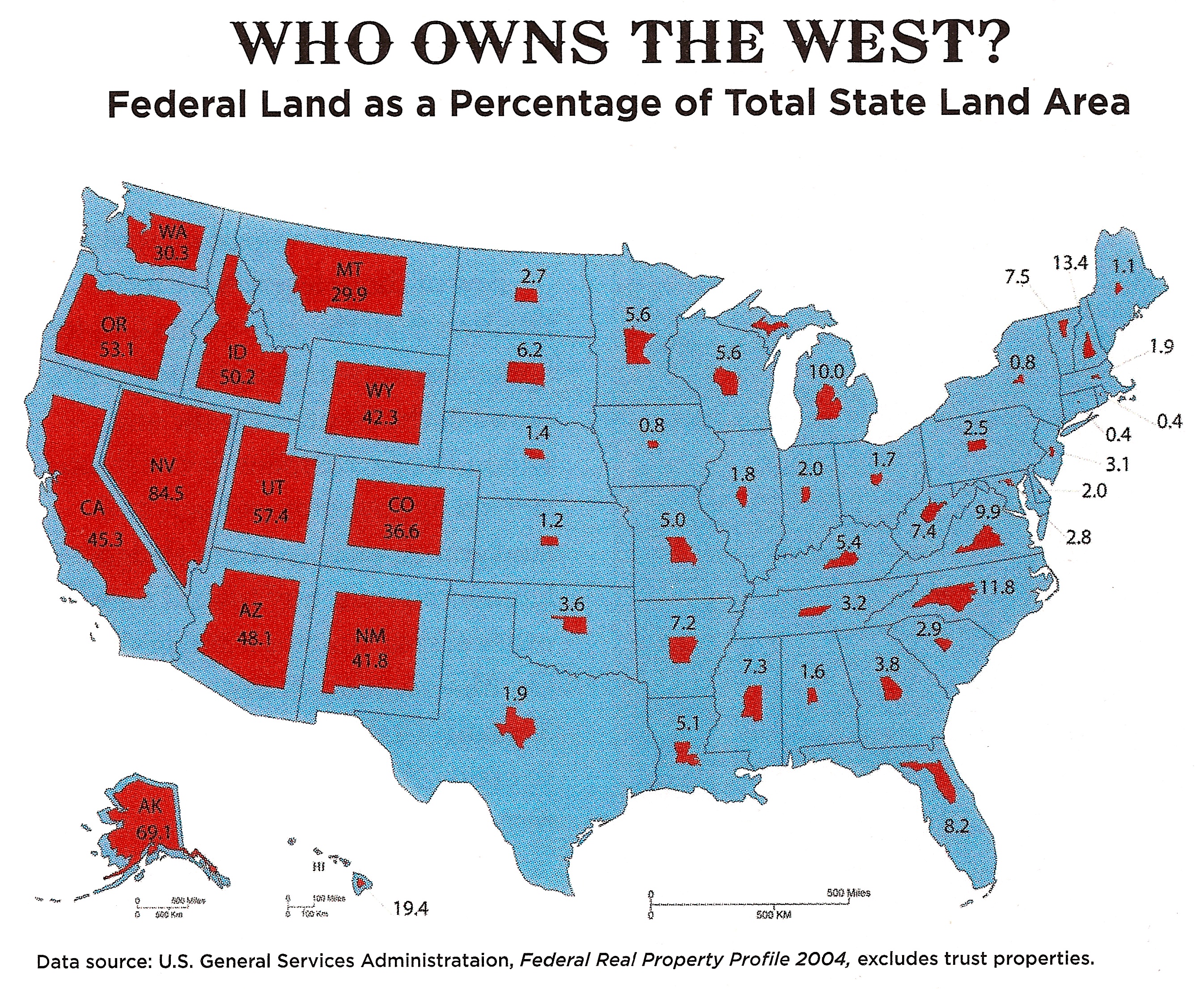We hear it all the time: Red states are for limited government; blue states are for heavy spending. While this may be true when it comes to broad political preferences, its false as measured by patterns of federal spending.
When you compare the 50 laboratories of democracy after sorting them based on how their citizens voted in November 2008, only 10 Democratic-voting states are net recipients of federal subsidies, as opposed to 22 Republican states. Only one red state (Texas) is a net payer of federal taxes, as opposed to 16 blue states. One blue state (Rhode Island) pays as much as it gets.
Political scientists have been wrestling with this apparent paradox for years. One explanation sometimes offered is that the red states, on average, have smaller populations. In Political Determinants of Federal Expenditure at the State Level, published by the journal Public Choice in 2005, two University of Alabama at Tuscaloosa economists, Gary Hoover and Paul Pecorino, note that residents of low-population states have more per capita representation in Congress, since every state, regardless of population, has two senators. That edge, Hoover and Pecorino argue, translates into more federal handouts. The results are conspicuous in the case of homeland security grants, where small, rural, relatively low-risk states get much more money per capita than urban states that face bigger terrorist threats.
But red-state lawmakers ability to bring home the bacon isnt the main reason for the paradox. Red states, on average, are also lower-income states. Because of the progressive federal income tax, states with higher incomes pay vastly higher federal taxes. These payments are unlikely to be matched by federal spending directed back into those states.
This transfer of tax dollars from the states to the federal government is net of tax deductions, including deductions for state taxes ($50 billion in fiscal year 2012) and mortgage interest ($100 billion). As the former U.S. Treasury economist Martin Sullivan showed in the March issue of Tax Notes, the mortgage interest deduction overwhelmingly benefits high-income states. If it werent for that deduction, blue states would be even bigger net payers than they are today.
Why Do Red States Want Limited Gov. Spending, then Take More?
When you compare the 50 laboratories of democracy after sorting them based on how their citizens voted in November 2008, only 10 Democratic-voting states are net recipients of federal subsidies, as opposed to 22 Republican states. Only one red state (Texas) is a net payer of federal taxes, as opposed to 16 blue states. One blue state (Rhode Island) pays as much as it gets.
Political scientists have been wrestling with this apparent paradox for years. One explanation sometimes offered is that the red states, on average, have smaller populations. In Political Determinants of Federal Expenditure at the State Level, published by the journal Public Choice in 2005, two University of Alabama at Tuscaloosa economists, Gary Hoover and Paul Pecorino, note that residents of low-population states have more per capita representation in Congress, since every state, regardless of population, has two senators. That edge, Hoover and Pecorino argue, translates into more federal handouts. The results are conspicuous in the case of homeland security grants, where small, rural, relatively low-risk states get much more money per capita than urban states that face bigger terrorist threats.
But red-state lawmakers ability to bring home the bacon isnt the main reason for the paradox. Red states, on average, are also lower-income states. Because of the progressive federal income tax, states with higher incomes pay vastly higher federal taxes. These payments are unlikely to be matched by federal spending directed back into those states.
This transfer of tax dollars from the states to the federal government is net of tax deductions, including deductions for state taxes ($50 billion in fiscal year 2012) and mortgage interest ($100 billion). As the former U.S. Treasury economist Martin Sullivan showed in the March issue of Tax Notes, the mortgage interest deduction overwhelmingly benefits high-income states. If it werent for that deduction, blue states would be even bigger net payers than they are today.
Why Do Red States Want Limited Gov. Spending, then Take More?





